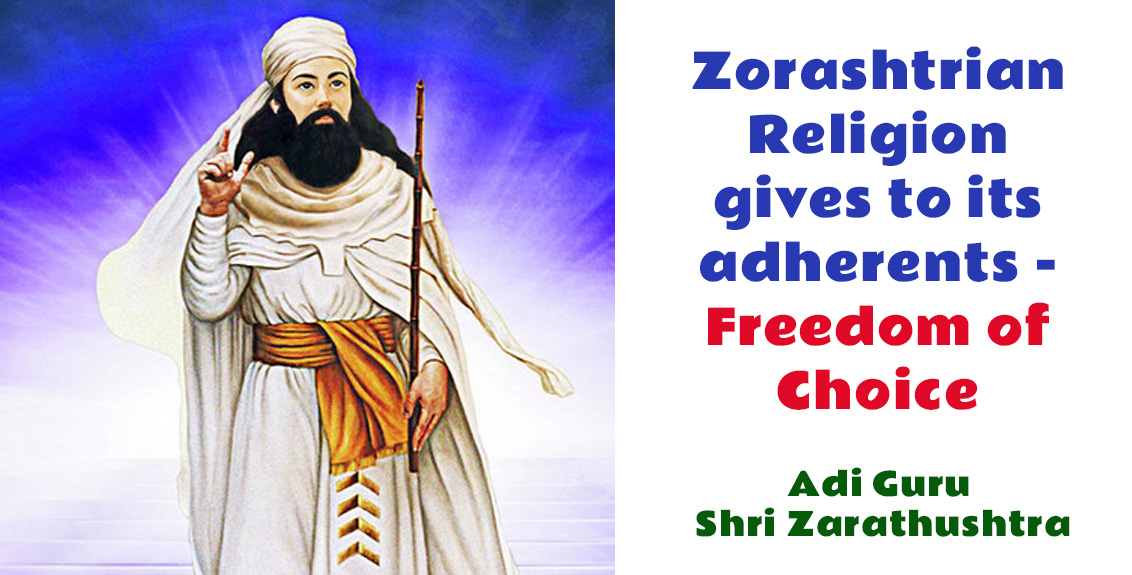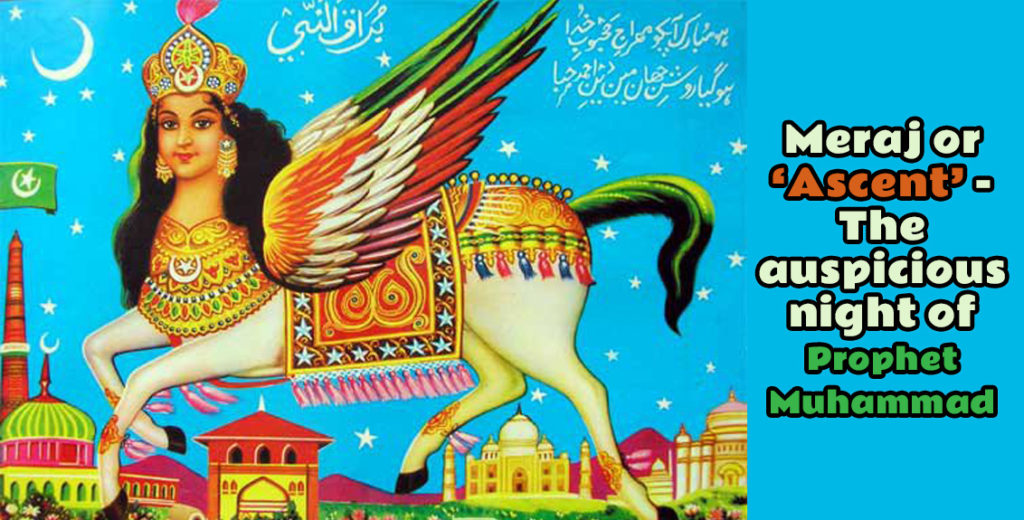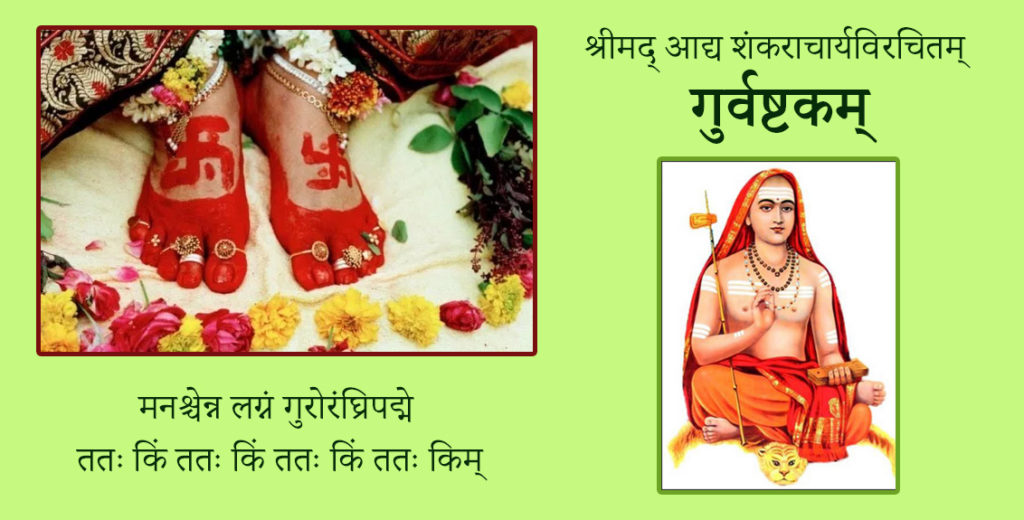YATHA AHU VAIRYO
Zorashtrian Religion gives to its adherents….Freedom of Choice.
The Principle of Choice
Transliterated Text:
ýathâ ahû vairyô
athâ ratush ashâtcît hacâ
vanghêush dazdâ mananghô
shyaothananãm anghêush mazdâi
xshathremcâ ahurâi â
ýim drigubyô dadat vâstârem.
Translated Text:
Both the lord and the leader are to be chosen
because of their righteousness.
These two appointments are made with good mind
so that acts of life are done for the Wise One,
and the dominion of God is well established,
in which the chosen person becomes the rehabilitator
of the rightful who are oppressed.
NOTE:
“Ahuna Vairya”, or as commonly called by the two words in the beginning, “Yatha Ahu”, is the Principle of Choice. It is the Zarathushtrian master formula for a spiritual and material democratic system in which one is free to choose a person as his or her lord (ahu — literally “the Being”) and leader (ratu — literally “proper guide”).
A “lord” is a person who is able to free the world from mental and physical evil, and a “leader” is a person who can lead the world to truth, precision, progress, wholeness, and immortality.
In other words, one is the remover of ills and evils in the living world, particularly the human society, and the other is the promoter and the developer of the now clean and free-from-evil world. It may be noted that the term “lord” used here to denote “ahu” does not convey the usual English meaning of one who holds a position of arbitrary authority but “the being” who is democratically chosen to a position of trust because of his or her proven righteous record.
The only criterion for the choice of such a person is his or her righteous record of competent service.
The choice for the appointments is based on good mind, sound judgment, and discretion. Such a righteous selection leads the people to work for God alone — an act that transforms the world into a divine dominion, chosen and established by the people themselves.
It is, in fact, the spiritual and material dominion of the people, by the people, for the people, yet selflessly and devotedly established in the name of God, the Sovereign. It is the order in which no one is wrongly oppressed. The chosen lord and leader see that all those who are wrongfully oppressed and have their rights taken away, are fully rehabilitated. The divine dominion has no oppression and therefore, no one as oppressed and impoverished.
This short stanza of 20 words and two particles encapsulates the spirit of the entire Gathas, the sublime songs of Zarathushtra. It is a unique formula for a divinely inspired, sound democracy which ensures mental and physical peace and prosperity for all the living beings, including mankind.
The following terms and phrases are worthy of special attention and consideration:
- The emphasis on “vairyo”, to be chosen, worthy of election;
- “ashaat-cheet hacha”, only on account of righteousness, qualified for competency and accuracy;
- “vangheush manangho”, of good mind, based on good thinking; “shyaothananam angheush”, acts of life;
- “Mazdaai”, for the Wise One;
- “khshathrem-chaa Ahuraai aa”, the dominion belongs to God;
- “drigubyo”, to the wrongly “restrained”, the oppressed righteous; and “dadat vaastaarem”, appointed a “rehabilitator”, gave a reinstating person.
- Keeping the above points in mind, we can realize the significance of the stanza. It is the basis for evolving a peaceful world. It provides us with the freedom to choose our spiritual and physical lord and leader and then work with him or her to create the world which we have all along been desiring.
- That is the reason the Avesta, that part of the collection of the writings which follows and sometimes explains the Gathas, lays the highest emphasis on the Ahuna Vairya formula. According to it, it concerns the principles which lead to salvation — “”the best life, the best righteousness, the best enlightenment… Should the material world understand it, memorize it, Ahuna Vairya would lead to immortality…”” (Yasna 19, an Avestan commentary on Ahuna Vairya)
- It is because of Ahuna [Vairya}, the true beginning of the Gathas at the head of the first song, that the First Gatha of seven songs is called “Ahunavaiti,” literally “possessing Ahuna [Vairya}.
- With Ahuna Vairya in view, we can understand all the 100 stanzas of the seven songs, particularly the second song, better. And we comprehend mental and material, spiritual and physical “democracy” and “freedom of choice” even better.
Yatha Ahu Vairyo
(also called the Ahuna Vairya)
From:
Three Prayers & the Name of God,
by Dina G. McIntyre
Yatha ahu vairyo
atha ratush ashat chit hacha,
Vangheush dazda manangho
shyaothananam angheush Mazdai
xshathremcha Ahurai a
yim drigubyo dadat vastarem.
Translations of this prayer vary widely. The following is mostly from
Insler’s translation (square brackets indicate insertions by me, round
parentheses are in Insler’s original translation).
Just as the Lord [ahu] is to be chosen (in accordance with truth), [asha]
So also the judgment [ratush] [is to be chosen] in accordance with truth [asha]. As a result of this good thinking [vohu mano, the comprehension and choosing of asha] establish the rule [xshathra] of actions stemming from an existence of good thinking for the (sake of the) Wise One, and for the lord [ahura] whom they [the divine aspects] established as pastor for the needy-dependents.
The Meaning of the Ahuna Vairya
In the long history of Zoroastrianism, this prayer, the Ahuna vairya, has been regarded as something of a talisman, a very potent charm, capable of producing extraordinary effects. In the later literature it is written that Ahura Mazda said that:
“….this utterance is a thing of such a nature, that if all the corporeal and living world should learn it, and learning hold fast by it, they would be redeemed from their mortality!” Yasna 19 (not a part of the Gathas)1
And a later text (written some time after the Arab invasion) describes it as a formula for defeating evil. This text states:
“…even so as is declared in revelation, that when one of its (the Ahuna Vairya’s) three parts was uttered, the evil spirit contracted his body through fear, and when two parts of it were uttered, he fell upon his knees, and when all of it was uttered he became confounded and impotent as to the harm he caused the creatures of Ahuramazd…..” Bundahishn. 2
It is significant, that even after the devastation wrought by Alexander and by the later Arab invasion, the idea survived in what remained of the Zoroastrian community, that the Ahuna Vairya is something that not only enables us to transcend our mortality, as stated in Yasna 19, but also has the ability to defeat evil, as the Bundahishn states. A potent talisman indeed.
Naturally, one wonders: How? How does the Ahuna Vairya defeat evil? How does it help us to transcend our mortality?
To answer the first question (how does it defeat evil) we have to remember Zarathushtra’s idea of “evil”. It is the product of wrongful choices. In the Gathas, Zarathushtra describes evil as a primordial force. He does not specify its origins. But he says that in our existence, we bring it to life, we give it substance, we make it real, when we choose it with our thoughts, words and actions. Therefore, a key to the destruction of evil and the suffering it causes, is making the right choices, which brings us back to the Ahuna Vairya prayer — the prayer of choices.
The Ahuna Vairya specifies three things that are to be chosen: the lord (ahu), the judgment (ratush), and the rule (xshathra).
[FIRST CHOICE] Just as the lord [ahu] is to be chosen, [in accord with truth asha]
[SECOND CHOICE] so also the judgment [ratush] in accord with truth, asha, [must be chosen]
[THIRD CHOICE] As a result of this good thinking,
establish the rule [xshathra] of actions stemming from an existence of good thinking,
for (the sake of) the Wise One, and for the lord whom they established as pastor for the needy-dependents.
First choice: What does Zarathushtra mean by choosing the Lord in accord with truth? To understand the significance of this choice, we have to think back to Zarathushtra’s time period.
Today, we are used to thinking in terms of a benevolent monotheism. But the situation was very different for Zarathushtra. We know from the Gathas that the society in which he lived was corrupt and oppressive. He complains of greedy princes, a thieving aristocracy, and pleasure loving priests who, seduced by power and wealth,
“…chose the rule of tyrants and deceit rather than truth [asha].” (Y32.12).
These tyrants and priests used fear to promote the worship of many gods, some of whom Zarathushtra describes as “fierce” and “hateful”. And Zarathushtra made a choice. He not only spoke out against these fierce and hateful gods, he demoted them from godhood (that took guts). He concluded that only pure goodness could lay claim to divinity. He described the attributes of divinity as seven divine forces or aspects (later called the amesha spenta):
- asha,
- spenta mainyu the spirit which derives its character from asha,
- vohu mano, good thinking, which is understanding and choosing asha,
- spenta aramaiti, the realization of asha through the experience of thoughts, words and actions, which creates
- vohu xshathra, good rule, the rule of truth and good thinking, and leads to
- haurvatat, completeness and
- ameretat, non-deathness.
- In other words, the first choice of the Ahuna Vairya requires that we choose the object of our worship (the lord) in accordance with truth, asha.
Although the pantheon of local gods whom Zarathushtra had to contend with are not around today, the first choice of the Ahuna Vairya is still relevant to us. Like our remote ancestors, we too worship many gods, just different ones — money, power, prestige, appearances, position. By Zarathushtra’s standards, such gods are not worthy of worship. We need to choose what we worship “in accord with truth (asha).”
The Second Choice: is “the judgment in accord with truth” which is good thinking (vohu mano), understanding asha and making our choices in accordance with that understanding. Good thinking is the key to accessing the divine. And Zarathushtra requires that we think for ourselves — not blindly accept what others may tell us.3
The Third Choice: is choosing to establish, or bring to life, the rule (xshathra) of “actions stemming from an existence of good thinking,” which, in my view, is the concept of aramaiti, although not mentioned by name.
The importance of this third choice — actions stemming from an existence of good thinking — is reflected in Zarathushtra’s view of what it takes to be a saoshyant — a savior, a redeemer.
In the later literature, the concept of a saoshyant became greatly embroidered and exaggerated to the point of elevating saoshyant to the status of a miraculous messiah of great power who will be victorious over evil, and make everything all right. We are not much different today. Whether its Superman, or Yoder, or other omniscient aliens with miraculour powers from another star system, we too hunger for a leader with magical powers who will make everything turn out all right.
This view of the saoshyant you will not find in the Gathas. There is no one savior with magical powers who will come to fix things for us. We have to fix things for ourselves, with God’s help, and with the help of each other. According to Zarathushtra, each individual is a potential saoshyant — a potential redeemer or savior. In the Gathas he asks:
“…which men shall stop the cruelty (caused) by the violent deceitful persons? To which man shall come the understanding stemming from good thinking?” (Y48.11).
And he concludes:
“Yes, those men shall be the saviors [saoshyanto] of the lands, namely, those who shall follow their knowledge of Thy teaching with actions in harmony with good thinking and with truth [asha], Wise One. These indeed have been fated to be the expellers of fury.” (The Gathas Y48.12).
In other words, “actions in harmony with good thinking and truth,” bring the divine to life, not only in our spirits, but also in our world and so establish good rule (vohu xshathra).
To Zarathushtra, the material and the spiritual are inextricably linked — each necessary to bring about the desired end. Thoughts, words and actions of asha (the material embodying the spiritual) are the means by which we achieve the desired end (the best asha — a spiritual state of being). Thus the purpose of life — to realize the divine — is achieved in both worlds, in the world of mind/spirit, as well as in the world of matter. If we follow this formula, this world would indeed be heaven on earth and the suffering caused by wrongful choices would cease to exist.
We can summarize the talismanic virtues of the Ahuna Vairya as a formula for defeating evil and the suffering it causes, quite simply:
- When we create light, the darkness ceases to exist.
- We create light by bringing the divine to life with our choices — our choices of who and what we worship, our choices in thought and action stemming from an understanding of asha.
- When we stop choosing evil, we deprive it of substance.
- It becomes impotent, unable to cause suffering, or unable to harm, as the Bundahishn tells us.
But what of the promise of Yasna 19, that if we learn the Ahuna Vairya, and learning, hold fast by it, we will transcend our mortality.
In Zoroastrian lore, which is highly metaphoric, we are told that the Chinvat Bridge (the bridge of the Separator, or the Bridge of the Judge4) stretches from the material to the spiritual. I take the imagery of the bridge to represent (metaphorically) a transition from the material to the spiritual. In the Gathas, Zarathushtra tells Ahura Mazda that he will cross over this bridge, in the company of the divine forces (“in the glory of your kind”), with each man and woman who gives him “truth for the truth, and the rule of good thinking.” (Y46.10).
This Gathic verse echoes the Ahuna Vairya formula that we must choose the divine in our understanding, and in our actions. When we do so it becomes a part of us (or we become a part of it), and we make the transition, (we cross over the bridge) from mortality to the spiritual state (non-deathness, ameretat), or as the author of the later Yasna 19 puts it, we are redeemed from our mortality.
This brings us to the last line of the Ahuna Vairya, that we establish the rule of actions stemming from an existence of good thinking, “for the sake of the Wise One [mazda], and for the lord [ahura] whom they established as pastor for the needy-dependents”.
In the last line of the last Gatha (Y53.9), Ahura Mazda is described as the one who grants what is very good (i.e. the “best”) to his needy dependent who lives honestly. In the second Gatha, Yasna 29, it is Zarathushtra who is chosen by the divine aspects (asha, good thinking and good spirit) to be the pastor.
The last line of the Ahuna Vairya seems to combine these two thoughts “for the sake of the Wise One [mazda], and for the lord [ahura] whom they [the divine aspects] established as pastor for the needy-dependents”. At one level, mazda may refer to God and ahura to Zarathushtra, the enlightened man. At another level, (if my understanding is correct) mazda and ahura may refer to two parts of the same Whole.
So the last line of the Ahuna Vairya says that we establish the rule of the divine, for the sake of the divine (mazda and ahura), who in turn nurture those who have not yet made it — the needy-dependents. That is how we defeat evil. That is how we (individually and collectively) transcend our mortality.
One last thought. The last line of the Yatha Ahu Vairyo exquisitely complements the last line of the Ashem Vohu.
In the Ashem Vohu we desire the divine (asha) for the sake of the divine as concept — the best asha (vahishtai ashem).
In the Yatha Ahu Vairyo we choose to realize the divine (actions stemming from a comprehension of asha), for the sake of the divine as being — mazda and ahura.




